|
Since the 1980s, Chinese contemporary art has made a huge impact on the international scene, and continues to be one of the art world’s major areas of focus. With countless new museums, galleries, and talents coming to the fore, China is a rising start on the market. We profile ten of the most important figures in Chinese contemporary art. Johnson ChangJohnson Chang (Chang Tsong-zung) is Co-founder of the Asia Art Archive (AAA) and Founder and Director of Hanart TZ Gallery, established in 1983. Chang is also a Professor at the China Academy of Art in Hangzhou. He has been curating exhibitions since the 1980s and, with his gallery, has supported and contributed to the development of Chinese contemporary art and the art scene in Hong Kong. In 1993 he curated China’s New Art Post-1989, a seminal exhibition that opened at the Hong Kong Arts Festival and toured the United States and Europe. In 2010, Chang organised West Heavens, a contemporary art collaboration between China and India. In 2013, Hanart TZ celebrated its 30th anniversary and the achievements of its artists. The anniversary saw the organisation of events across three spaces in Hong Kong, outlining the development of Chinese contemporary art from its beginnings and through the works of some of its most important artists. Chang was in ArtReview’s Power 100 list in 2013 for his contributions to the Chinese contemporary art scene and building bridges between China and India. Pearl Lam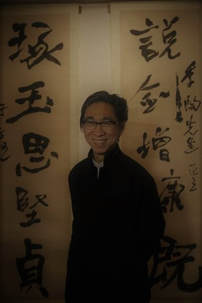 Founder of Pearl Lam Galleries with branches in Shanghai, Hong Kong, and Singapore, Pearl Lam founded the China Art Foundation in 2008 to create a cultural bridge between the West and China. Lam established her gallery in 2005, with the vision of bridging the perceived gap between art and design, East and West. Lam runs frequent exhibitions of Chinese and international emerging, mid-career and established artists and designers, exposing Chinese art to the international scene, and the Chinese scene to the best international artists working today, from Jenny Holzer to Yinka Shonibare, Golnaz Fathi, Entang Wiharso and Gonkar Gyatso. Lam was among the Art Power 100 in L’Officiel Art in 2012 and in 2013 she was among Asia’s most powerful women in Forbes’ “Asia’s Women In The Mix, 2013: The Year’s Top 50 for Achievement In Business.” Johnson Chang | Courtesy of Hanart TZ Gallery Pearl Lam Gallery | Courtesy of Pearl Lam Gallery Philip TinariPhilip Tinari (b. 1979, Philadelphia) has been the Director of Beijing’s Ullens Center for Contemporary Art (UCCA) since 2011. A former Fullbright Fellow at Beijing University, in 2009 Tinari founded LEAP (The International Art Magazine of Contemporary China) and is founding editor of Art Forum’s Chinese-language web edition. He has worked as China’s representative for Art Basel and Sotheby’s, and has been a lecturer in Art Criticism. In 2014, he was curator of Armory Focus: China in New York, a section of the fair dedicated to a presentation of Chinese contemporary art with works by lesser known and younger artists. Tinari was among ArtReview’s Power 100 in 2011. Hou HanruHou Hanru (b. 1963, Guangzhou) is an international curator and critic, and a pivotal figure in the international art world for his support and promotion of Chinese contemporary art. Hou spent part of his life in the United States and France before settling in Rome, where he’s been the Artistic Director of MAXXI since December 2013. He has been co-Director of the World Biennale Forum and curator of the 5th Auckland Triennial in 2013. In addition he’s curated numerous seminal exhibitions, from the Shanghai Biennale (2000) to the Gwangju Biennale (2002), the French Pavilion (1999) and the Chinese Pavilion (2007) at the Venice Biennale, among others. His critical writings can be found in publications such as Flash Art International, Art Asia Pacific, Yishu, and Art in America, to name a few. Ai Weiwei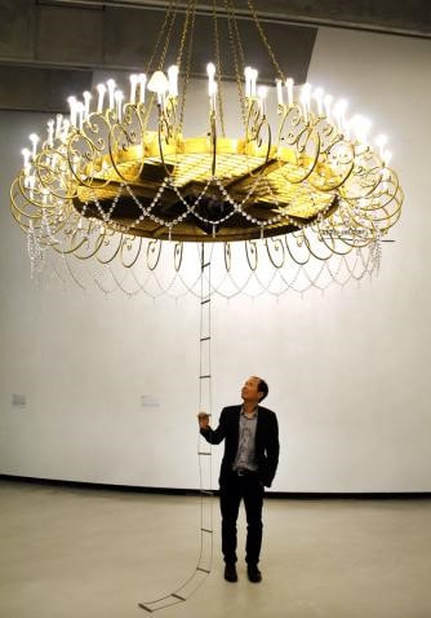 Ai Weiwei (b. 1957, Beijing), perhaps China’s most famed contemporary artist, has been dubbed one of the region’s foremost ‘activist’ and ‘dissident’ figures. One of the pioneers of Chinese contemporary art, he was part of the avant-garde Stars Group in the 1970s, and has since made numerous international headlines for his consistent troubles with government authorities. He was imprisoned in 2011 for 81 days in Beijing for “economic crimes,” and he created S.A.C.R.E.D. for the 2013 Venice Biennale as a documentary artwork about his experience in prison. Through his practice, Ai investigated China’s government corruption and cover-ups, such as in Straight, also at the 2013 Venice Biennale, which explored the collapse of schools during the 2008 Sichuan Earthquake. Ai has also curated exhibitions, including the controversial FUCK OFF (2000, Shanghai) and FUCK OFF II (2013, Groninger Museum). Ai Weiwei has been part of ArtReview’s Power 100 since 2006, and stole the number one Hou Hanru with Vedovamazzei’s work ‘Climbing’, 2000. Photo by Cecilia Fiorenza | Courtesy Fondazione MAXXIspot in 2011. Ai Weiwei. Photo from Wikimedia Commons © Gao Yuan/WikiCommons Claire HsuClaire Hsu co-founded Hong Kong’s Asia Art Archive (AAA) with Johnson Chang in 2000, and has since expanded the archive’s function of documentation to include research, exhibition and conversation on the recent history of Asian art. In 2011, she initiated a project of digitalisation of the archive’s materials into a freely accessible format. Hsu is a committee member for the M+ museum in Hong Kong, and she started the archive right after her Master’s Degree at the University of London, as ‘a personal project to solve a personal problem’, due to her frustration at locating reference materials for her dissertation on contemporary Chinese art. AAA includes materials on contemporary art from across Asia, both in a physical library with more than 43,000 books, catalogues and other resources and in the Collection Online, with around 20,000 digitised primary source material freely accessible on the website.. Hsu has been among ArtReview’s Power 100 since 2009 and was in Forbes’ Asia’s Women to Watch in 2013. Uli SiggDr. Uli Sigg (b. 1946) is a Swiss collector, renowned for holding the most extensive collection (1,510 pieces) of art from China from the 1970s onwards. In 1998, he established the Chinese Contemporary Art Award (CCAA) to honor the outstanding achievements of Chinese artists and art critics. The Sigg Collection encompasses Chinese contemporary art from its beginning, including Political Pop, Cynical Realism and the new generations of artists. The works range from painting to sculpture, photography, video and installation and feature names like Fang Lijun, Yue Minjun and Zhang Xiaogang. During his ambassadorship, Sigg invited Swiss curator Harald Szeemann for a visit that culminated in the inclusion of 20 Chinese artists at the 1999 Venice Biennale. In 2005, the Sigg Collection travelled for the first time around the world in an exhibition entitled Mahjong, in institutions like Kunstmuseum in Bern, Berkeley Art Museum in Berkeley, the Peabody Essex Museum. In 2013, Sigg donated his entire collection to Hong Kong’s M+ museum. Zeng Fanzhi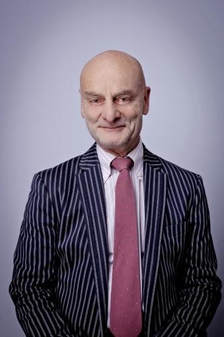 Zeng Fanzhi (b. 1964, Wuhan) is currently the highest-grossing living Chinese artist and Asian contemporary artist on the market – titles previously held by Zhang Xiaogang and Takashi Murakami, respectively. Zeng broke the record in October 2013 during Sotheby’s Hong Kong’s 40th Anniversary Evening Sale with The Last Supper (2001), which sold for USD $23.3 million. The work is based on Leonardo Da Vinci’s painting of the same name, but instead of depicting Jesus and the Apostles, Zeng’s version portrays masked Young Pioneers – a Chinese communist youth group. His Hospital Triptych No. 1 (1992-3) sold at Christie’s Hong Kong in November 2013 for USD $14.7 million, registering as the most expensive work sold at that particular auction. Zeng was among ArtReview’s Power 100 that same year. Dr Uli Sigg. © Ringier AG | Courtesy Ringier AG Zeng Fanzhi, Hospital Triptych No. , 1992-3, oil on canvas, 150 x 115 cm each panel | Courtesy Christie’s Hong Kong. Zhang WeiZhang Wei is the co-founder of the multidisciplinary Vitamin Creative Space in Guangzhou, an innovative art space that bridges the non-profit and commercial spheres. Zhang wanted to establish a space that could function as both a non-profit independent and commercial gallery, giving artists the benefits of both. Founded in 2012, Vitamin Creative Space explores this mixed working model, as a way of self-funding independently from government funds and grants. This experimental format allows for contributing to both the development of artistic practices and collaboration with institutions. The space also represents artists of international acclaim, like Olafur Eliasson, Koki Tanaka (represented Japan at the Venice Biennale 2013), Lee Kit (represented Hong Kong at the Venice Biennale 2013), Heman Chong, Cao Fei and Danh Vo (winner of the 2012 Hugo Boss Award). Wang ChunchenDr. Wang Chunchen is Head of the Department of Curatorial Research of CAFA Art Museum at the Central Academy of Fine Arts China in Beijing and Adjunct Curator at the Eli and Edythe Broad Art Museum at the Michigan State University, USA. Dr. Wang is known for his contributions to the contemporary art scene through his works, research and publication, and international curatorial experience. In 2009, he won the Chinese Contemporary Art Award in Art Criticism, which culminated in the writing and publication of his 2011 book, Art Intervenes in Society. In 2013, he was the curator of Transfiguration, the Chinese Pavilion at the Venice Biennale. Dr. Wang has published more than 50 articles in the past five years concerning the various facets of the impact that Chinese contemporary artists are facing in today’s international art world. In addition to his own publications, he has been influential in Chinese contemporary art criticism by playing a major role in the translation of over ten books of art history and theory, including titles by American art critic and philosopher Arthur C. Danto. Dr Wang Chunchen, Adjunct Curator at the Eli and Edythe Broad Art Museum at Michigan State University | Courtesy Broad MSU The Article is taken from:
0 Comments
Recent years have seen a boom in Russia’s contemporary art scene. From St. Petersburg to Moscow and exhibition spaces all over the world, Russian artists are showcased in an increasing number of institutions – a powerful indication of how much the former Eastern bloc has come in transforming its approach to artistic expression. We have handpicked ten Russian contemporary artists to know. Anna ParkinaRussian artist Anna Parkina’s work examines the world in a state of flux, exploring the effect of modern society on human anxiety and experience. Her art harks back to a period of Russian Constructivism and she counts leading artists such as Alexander Rodchenko as her influences. Yet, as well as being reminiscent of Soviet propaganda images popularized by the movement, her work also merges together novel styles, encompassing a myriad of influences and art mediums. Predominantly, Parkina’s use of collage has attracted her much attention, which stands as a visual metaphor for social and political undercurrents in society. By appropriating popular images onto canvases, such as the repeated use of silhouettes, she highlights the common yearning to make sense of an intriguing and somewhat fragmented, reality. Angel at Pulkovo airport, Dmitry Shorin| Courtesy of ERARTA Dmitry ShorinBorn in Novosibirk in 1971, Dmitry Shorin studied at the M. Gorky Teaching Institute in Omsk, graduating with a specialization in costume design. Today, the artist lives in St. Petersburg and is a member of the prestigious UNESCO International Federation of Art. Working mainly in the medium of painting, Shorin’s images are greatly influenced by photography and mass media, with a distinct focus on the female form. Yet since 2013, it has been his work in sculpture that has been thrust in the spotlight. Adorning the halls of the new Pulkovo airport terminal in St. Petersburg, a series of dramatic sculptures portray ethereal young women with jet planes for wings, bringing to light theories of flying humans and the limits of the human body in an ever-expanding digital age. Erik BulatovThe son of a communist party official who died in the Second World War and a mother who fled Poland at 15 in support of the Russian Revolution, today Erik Bulatov is known for being one of Russia’s most important living artists. Over the decades, his work has appeared in almost every important exhibition on 20th century Russian art and primarily focuses on the absurdity of Soviet reality. Today, many of his paintings constitute political art, even though they do not carry a clear-cut ideology or political manifesto. Metaphorically rich and overlaid with a distinct Russian pathos, his use of text and image layering has redefined Russian contemporary art as it is known today. Don’t forget to buy milk, Marina Federovna| Courtesy of ERARTA Marina FederovnaBorn in 1981 and having studied at the Mukhina Art Academy in St. Petersburg, Marina Federova continues to live and work in the Northern city. Receiving international acclaim for her solo exhibitions of graphic compositions, she has since participated in numerous art fairs and exhibitions. In particular, her intertwining of fashion and art has won her great support within the Parisian art scene. Primarily painting images of women, Federova’s work employs bold and sweeping lines, marking her out as one of Russia’s most promising emerging artists both nationally and on the international scene. Monument to Peter I, Mihail Chemiakin| ©Alexander L./WikiCommons Mihail ChemiakinMihail Chemiakin experienced a very interesting childhood, having been born in Moscow in 1943, growing up in occupied East Germany, before returning to Soviet Russia in 1957. Despite being expelled from the St. Petersburg Repin Academy of Art for failing to conform to Socialist politics, and being subject to psychiatric treatment to ‘cure’ him of his nonconformity, Chemiakin has succeeded in developing an extensive art portfolio. Today, the artist continues to work in a broad range medias and is known for creating the 15-figure Children Are Victims of All Adult Vices sculptures for the City of Moscow in 2001. Similarly, he donated the Monument to Peter I to St. Petersburg in 1991 and further series adorn cities all over the world, including in New York, London and Paris. Olga ChernyshevaBorn in 1962, Olga Chernysheva grew up in the wake of the Soviet Union’s demise and following a period of censorship and travel restrictions, she became the first Russian to study at Amsterdam’s Rijksakademie. Today, Chernysheva has firmly secured her position on the contemporary art scene. Often moving between different mediums, her work provides an intriguing glimpse into the world of post-Soviet Russia. With a focus on the effects of capitalism and collectivism, her photographs and montages illustrate her sociological approach to Russian society and the daily lives of its citizens. Her interest in the mundane reality of Moscow’s city streets is fascinating and offers another perspective into contemporary Russian life. Kiss, Rinat Voligamsi | Courtesy of ERARTA Rinat VoligamsiBorn in 1968 in the southern Urals of Russia, Rinat Voligamsi graduated from the architectural department of the Ufa State Technological University in 1984, following a brief interruption of studies due to conscription. Following this, he began exhibiting his works and was awarded the “State Prize for Russia” in 1994. His preoccupation with human bodily forms is particularly fascinating and he often focuses on duplicated figures, or bodies that are multiplied, halved or completely inverted. Throughout his works, Voligamsi explores the authority of Russia as a modern nation, which can be viewed as an attempt to resist the state’s regulation of its people. The young artist gained international acclaim with his project that modified original photographs of Lenin. Untitled. 2014. Wood, plaster, mixed media, 80×60 cm| Courtesy Roman Sakin & Pechersky Gallery Roman SakinBorn in 1976, Roman Sakin is a Russian sculptor and a nominee of the Kandinsky Prize in 2009 and 2012. Known for working with unconventional instruments, the artist focuses on the positioning of objects and the transformation of their meaning for the viewer. With a firm foothold on the Moscow art scene, it is no wonder the Sakin has graced the exhibition halls of the Moscow Museum of Art, as well as other international galleries. The Offended Geniuses Leave Art, Vitaly Pushnitsky| © Vitaly Pushnitsky/WikiCommons Vitaly PushnitskyVitaly Pushnitsky is a St. Petersburg based painter, sculptor and graphic artist who is widely considered to be one of Russia’s leading contemporary artists. With collections at the State Russian Museum and Moscow Museum of Modern Art, as well as numerous internationally renowned galleries, Pushnitsky’s work illustrates a working relationship between established painting traditions and modern graphic techniques. Photography, painting and graphics coexist in his artworks, addressing the problems with representing reality in art. Many of his exhibitions deal with the issue of time, metaphysics and mechanics, forging a dialogue between classical methods and contemporary art. Installation view, Vyacheslav Mikhailov| Courtesy of ERARTA Vyacheslav MikhailovBorn in a remote village in Russia’s Stavropol region, Vyacheslav Mikhailov studied under the directorship of Yevsey Moisejenko, an acclaimed art professor at the Repin Institute of Painting, Sculpture and Architecture in St. Petersburg. Upon graduation, he formed the The Three Bogatyrs art group with his fellow colleagues, devoted to exploring new forms of artistic expression. Today, he still works with paint, utilizing various surfaces and materials in the creation of his works – in particular, his technique has become synonymous with the use of levkas, a material commonly employed in iconography. Awarded the title of “Honoured Artist of Russia,” Mikhailov’s projects have been featured in hundreds of gallery spaces worldwide. The article is taken from: Sergei’s art is a strange combination of high aestheticism and folk “roots”, modernistic extravaganza and dadaistic fragility, symbolic bottomlessness and Russian past print metaphysics, artistic refinement and graphic roughness. But even all of those put together do not make his art unprofessional or eclectic. Rather, it transmits giant spiritual experience and marks the beginning of the sacred, mysterious, the beginning of all beginnings. Most of Sergei Alferov’s works are executed in oil on paper, but he also employs pastels, silk-screen and various mixed media techniques. Sergei Alferov was born in Tashkent in 1951, attended art college for four years, before moving to Moscow 1972. Two years later, in 1974 he decided to take part in the famous exhibition of ‘unofficial’ artists on the outskirts of Moscow that was destroyed by the authorities with a bulldozer, but he arrived on the site just as authorities were breaking the exhibition up. Sergei Alferov was one of those artists who is called “out-of-minds”. His life was lacking stability and comfort. He deprived himself of comfort having chosen life in one of the artistic communes, together with vagabond philosophers, hippies and art fanatics. He slept in a sleeping bag, the wine box was his table, yet, he was open to any kind of “Space energy,” engulfing himself in it with greed and passion, catching and registering the in-coming winds of the universal information. But Sergey Alferov was not just a medium to register Astral turbulence – coldly, showing no passion. His sight was directed first of all to the most ancient hideaways of consciousness. Fortunately, Sergey Alferov belonged to those few (he paints turtles with the whole Universe inside). His “internal” intermingles with the “external” so closely that unwillingly one remembers a postulate about a dialectical beginning of Nature which produced humans to study itself. The fact that artist’s perception of the world was different from that of the majority of the people is not his fault. How “national,” how Russian Sergey Alferov’s art? On the on hand, it was easy to answer this question by quoting Cosmic character of Russian Soul (though we have to admit his art has absorbed the scent of many distant and mysterious cultures). On the other hand, he was so dissolved in primitive esoteric tradition, so assimilated spiritually that it seems he had lost his ethnic identity irreversibly. Yet his “internal” immigration didn’t break him away from the “Russian quintessence” – it was important to have at least some understanding of nuances and slight details of Oriental, relaxed view of the World, to see beyond the dizzy Anderssonian spires and attics, Slavic steppe, to feel its astringent odor, to hear the mares graze and neigh in the night. Indeed, the more fantastic and unattainable the goals of Russian artists, the more their restless spirit carries itself away from their native grounds, the better they feel about it, the better they work, producing an interesting, profound and original reality, adding substantial to the cultural treasures of the World. Sergey Alferov, the lonesome Russian half-Daos, half-Suphy, wonders through times and legends with a leaking umbrella in his hand. He gave us his tender, touching revelations and… welcomed us to join him in unlimited, unknown, remote land. He died in 2005. |
ART
Archives
December 2017
art and aesthetics in art |
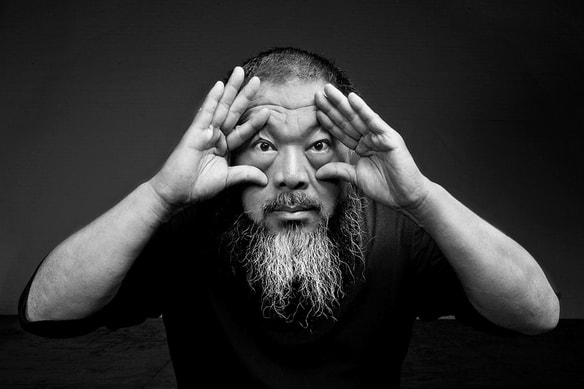
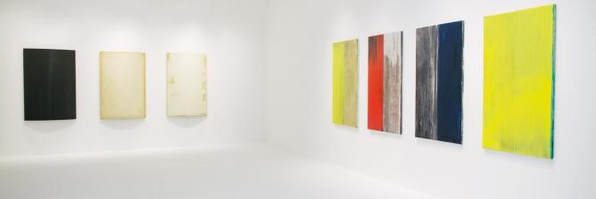
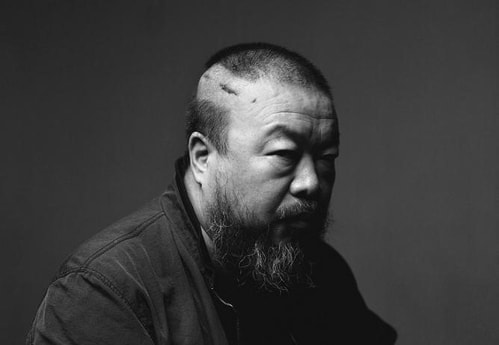
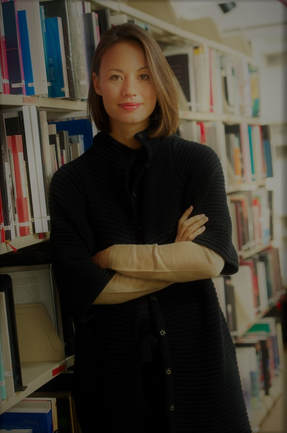
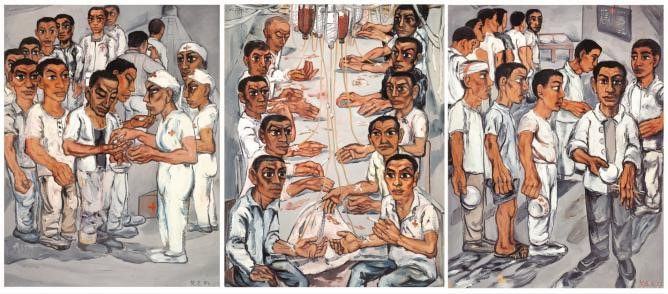

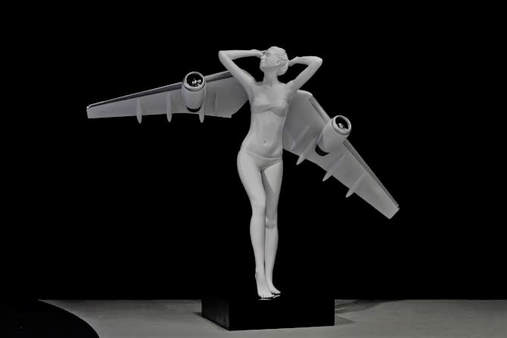
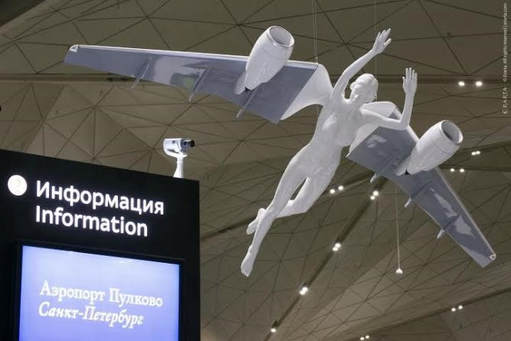


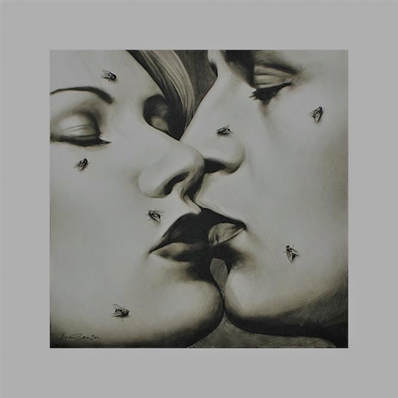
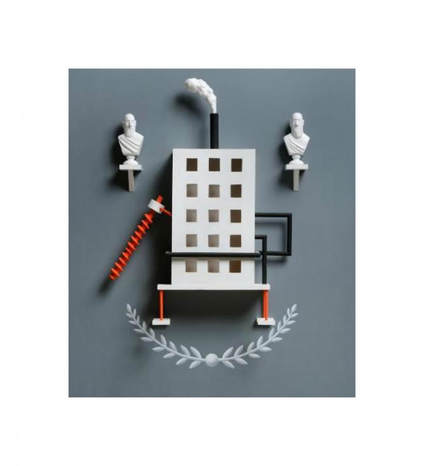
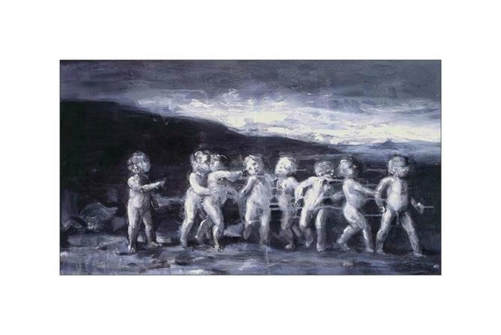
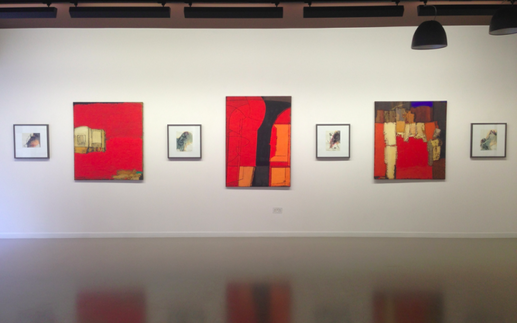
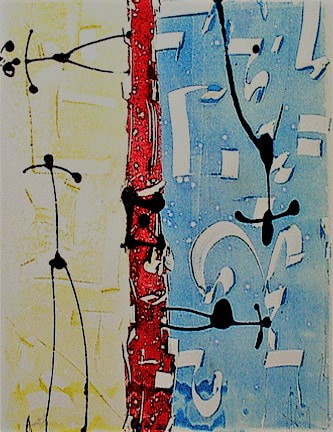
 RSS Feed
RSS Feed
